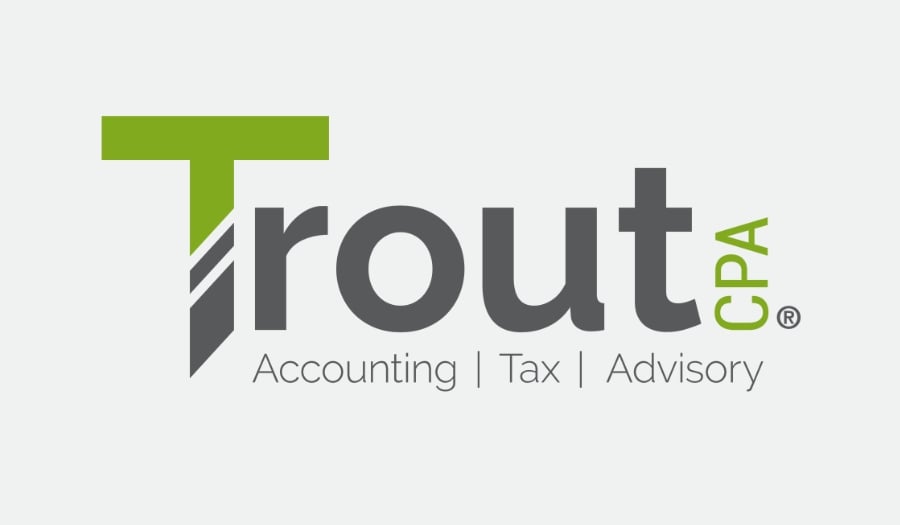Beginning January 1, 2021, pooled plan providers could start Pooled Employer Plans (PEPs), which Congress created to expand access to retirement benefits by allowing companies in unrelated industries to participate in a multiple employer plan (MEP).
The Story of PEPs, from the SECURE Act to Today
The Setting Every Community Up for Retirement Enhancement (SECURE) Act became law on December 20, 2019, and made several changes aimed at increasing access to workplace retirement plans, including the creation of PEPs. The rationale underpinning PEPs is that companies can benefit from their pooled buying power to lower administrative and investment costs and transfer some fiduciary liabilities and administrative burdens to third-party pooled plan providers.
The pooled plan provider is the ERISA named fiduciary for the plan and has several responsibilities, including assuming administrative duties, filing the annual Form 5500 on behalf of the participating employers, and responding to the Department of Labor (DOL) and/or Internal Revenue Service (IRS) audits and investigations. The pooled plan provider must be insured and may be responsible for investment selections, depending on how the plan is designed.
Even though the pooled plan provider has the ERISA fiduciary duty to run the PEP in the best interests of participants, the participating employers are still responsible for making sure that the provider is qualified to administer the plan.
In addition, participating employers must provide accurate data to the pooled plan provider, including new hire dates, deferral amounts, loan repayments, and more. Participating employers must also remit contributions on time to the PEP and provide complete and accurate contribution data.
In creating PEPs, the SECURE Act sought to address some of the restrictions and perceived drawbacks of MEPs while creating additional benefits for PEP participants. Some notable potential benefits of PEPs include:
- Tax Credits: Eligible employers can receive up to $5,000 in tax credits to offset startup costs and receive a $500 tax credit annually for the first three years for automatically enrolling participants in the plan.
- Bad Apple Rule: The SECURE Act also eliminated what many employers thought was a major obstacle in joining a MEP: the “one bad apple” rule. Historically, the entire MEP could be disqualified if one participating employer failed even one of the many plan qualification rules. But with a PEP, the SECURE Act provides a remedy if the PEP can show that it has a corrections program to help promote compliance among participating employers.
Annual Audit and Form 5500 Filing Requirements
In December 2021, the DOL issued changes to Form 5500, including an instruction that PEPs must check the MEP box in Part A of Form 5500. In addition, participating employers who have 100 or more participants in the PEP will need to provide a qualified independent accountant’s report (often called a “plan audit”) for their portion of the PEP, which must be attached to the PEP’s Form 5500.
PEPs are required to undergo an annual audit unless they satisfy the exemption rule. No annual audit is needed if each participating employer has 100 or fewer participants and there are fewer than 1,000 total participants in the plan.
The new rules require PEPs to confirm compliance with the Pooled Plan Provider Registration Form (Form PR) requirements. PEPs must also provide the AckID number for its latest Form PR filing. In addition, PEPs with more than 100 employees must file a Form 5500 and cannot file a Form 5500-SF.




